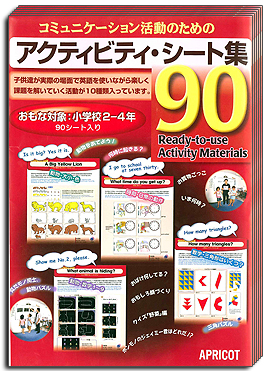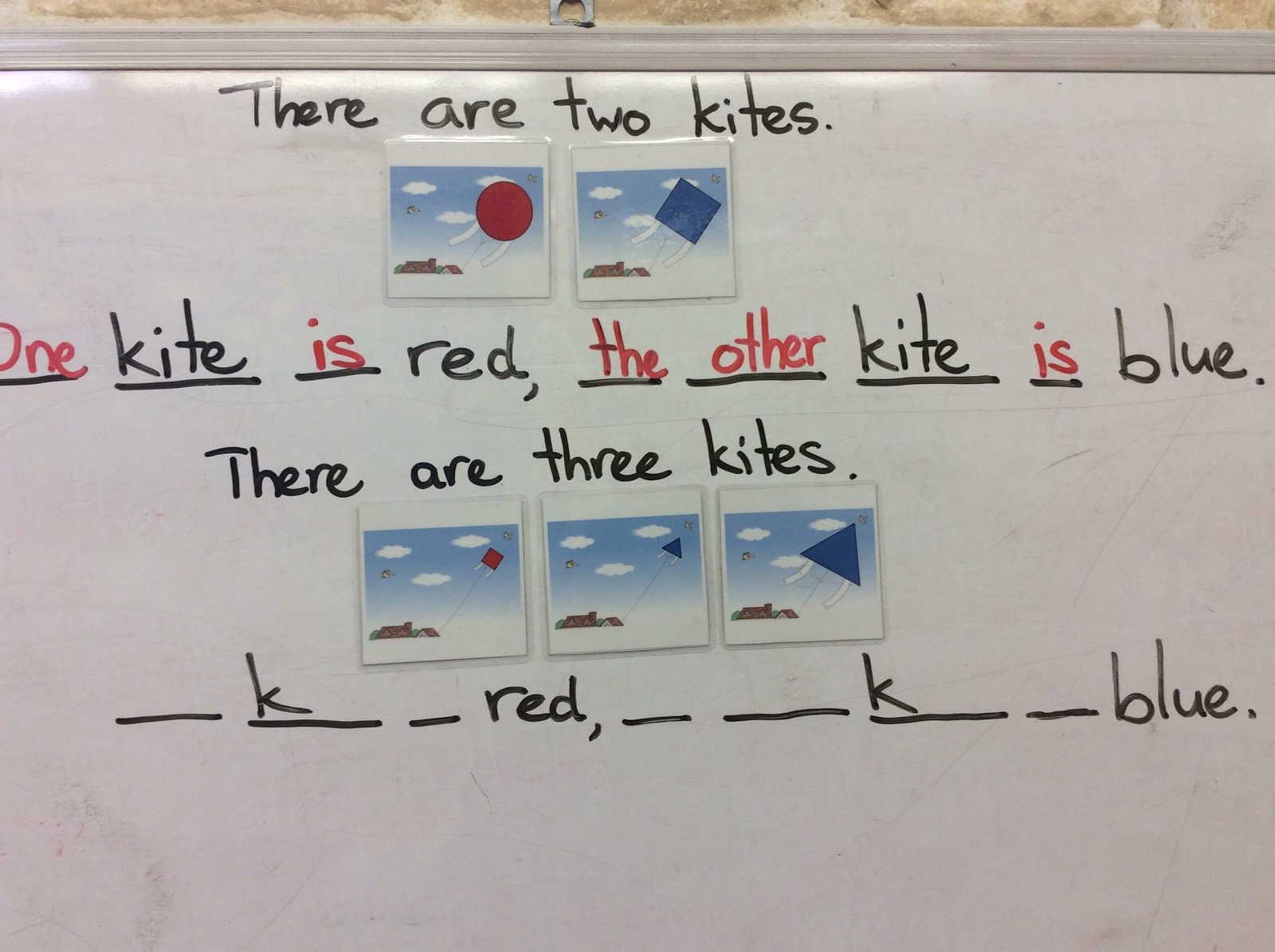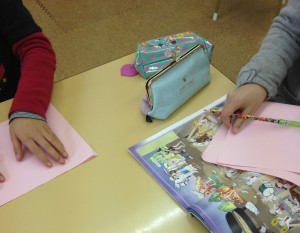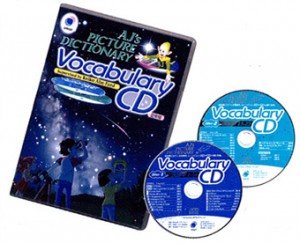

- 54. 10 Useful Pieces of Advice for Teaching with LEARNING WORLD #9 & 10
- 55. “Happy New Year!” “I don’t say that.”
- 53. Halloween 2019
- 52. READY Workbook Pg. 17
- 51. English-Uplift 1-Day Seminars
- 50. READY Workbook - vocabulary copying activity
- 49. 10 Useful Pieces of Advice for Teaching with LEARNING WORLD #8
- 48. 10 Useful Pieces of Advice for Teaching with LEARNING WORLD #7
- 47. 10 Useful Pieces of Advice for Teaching with LEARNING WORLD #6
- 46. 10 Useful Pieces of Advice for Teaching with LEARNING WORLD #5
- 45. 10 Useful Pieces of Advice for Teaching with LEARNING WORLD #4
- 44. 10 Useful Pieces of Advice for Teaching with LEARNING WORLD #3
- Kindergarten aged students
- Lower Elementary-school aged students
- Upper Elementary-school aged students
- Junior High and older students
- Others
27. ACTIVITY SHEETS: Kites
At every chance I get to speak with teachers, I always strongly suggest that they put APRICOT’s LEARNING WORLD “ACTIVITY SHEETS” into their classroom. This material is a collection of class communication activities that require students to speak, listen and occasionally read. There are “ACTIVITY SHEETS“ for Book 1, Book 2 and Book 3.



And while each collection match the grammar or vocabulary of units within these texts, they are well worth having even if students aren’t studying with LEARNING WORLD. Indeed, I use “ACTIVITY SHEETS” very often with junior high classes because they can often supplement their school grammar study quite nicely.
Take the “KITES” from “ACTIVITY SHEETS Book 2”.

“KITES” consists of pictures of kites in two sizes (big and small), four shapes (circle, square, rectangle, triangle) and three colors (blue, red and yellow). Its original design was to have students practice phrases such as “ls it big?” “Is it a square?” “Is it red?” etc. in a process of elimination to find one kite chosen by the teacher and later a student.
However you can also use the material to familiarize students with English such as “One…. the other…” “One… the others….” “Both…” “Each…” “Every…” etc. This English appears usually in second grade junior high school texts.
Try the following activity:
WARM-UP: Show students all the kites. Have them note the variety in shapes, colors and sizes.
Step1: Without showing the students, take two kites of a different color and place them face down on the whiteboard. Write: “There are two kites.”



Step 2: “There are three kites.”

Step 3: “There are three kites” again. In fact, they’re the same three kites. This time “Two blue kites” comes first.

Step 4: “There are two kites.” This time, the word “kite” is dropped.


Then three kites:

Step 5: A new color will introduce the English “another”.

After Step 5, the English “both” and “all” can also optionally be introduced:


The materials from ACTIVITY SHEETS are excellent when they’re used exactly as they are intended. However with a little imagination they can also be used effectively to introduce a lot other language and concepts.
Definitely get them for your classroom this year!!
18. LW Bk 3 “What are you doing?”
“WHAT ARE YOU DOING?”

“♪Busy, busy, busy. We are busy all day long. Mom is cooking all day long. Dad is shopping all day long…”
The chant on pg.12 of Learning World Book 3 is a particular favorite with my students. They like the rhythm of it, the challenge level of the vocabulary is not too high, and the tempo is manageable. The increase in tempo the second and third time around adds surprise and excitement.
Now, the additional vocabulary in the WORDS section is quite useful: “practicing the piano”, “driving a car” “listening to music”, “talking with friends” and “waiting for a bus”. I had always felt the need for an activity that uses this vocabulary. So I thought of one that I’d like to share with you here. If you have old, unused cell-phones at your disposal, they can come in handy now! (Incidentally, phone company stores and outlets sometimes have a basket of old phones that you are welcome to take).
To set up, first arrange classroom chairs in pairs, back to back. There is one chair for each student in the class. Phone conversations will happen in these chairs.
Next, anywhere in the room away from the paired chairs, have students open their textbooks to page 12 and a pencil ready. In time, students will circle the pictures in the WORDS section.

Next, give students a “cell-phone”.
The activity starts with students sitting in the paired chairs and having the following phone conversation:

“Hello?”
“Hello, it’s (name). How are you?”
“Hello (name)! I’m fine”.
“What are you doing right now?”
“I’m [cooking/shopping/washing/cleaning….any ONE of the vocabulary items from WORDS]. How about you? What are YOU doing?”
“I’m [cooking/shopping/washing/cleaning….any ONE of the vocabulary items from WORDS].”
“I see! Bye!”
“Bye!”
The opening and the closing of the conversation can be simplified or made more challenging, but the point is that students listen carefully to their friends’ answer to “What are you doing right now?” because when the conversation is finished, students return to their textbooks and circle the vocabulary item their friend used in their conversation.


Then, students go and have a new conversation on a different pair of chairs with a different friend and (importantly) using a different vocabulary item. In other words, students cannot simply answer “I’m shopping” or “I’m cooking” with every conversation. They must try and use all the vocabulary items over all the conversations.
The activity is complete when students have circled every picture in the WORDS section.
It’s possible of course that a friend will answer with a vocabulary item that’s already been circled. That’s unlucky. Students must continue having new phone conversations with different friends until every picture is circled(!)


11. “AJ Picture Dictionary: A little creative speaking and writing.”
Did you have a relaxing New Year? I hope so!
With “How was your Winter Vacation?” lessons well and truly finished, our heads and our students’ heads are back into their textbooks…
As you know, I’m always keen to provide creative expression opportunities for students. AJ Picture Dictionary helps a lot with both creative speaking and creative writing.
Scene 18 “A School Play” is an interesting page, with musical instrument names and hairstyles commanding probably most of students’ focus.
In a class of middle to upper elementary school students….
1.Ss open their books to Scene 18.
After some general discussion on the contents of the page, I ask some specific questions (based on the grammar at the bottom of the page):
T: “Who’s that boy playing the tambourine?” Ss: “[That’s] AJ.”
T: “Who’s that girl playing ‘Tripitaka’?” Ss: “I don’t know…. Oh, that’s Cindy.”
T: “Who’s that woman holding the camera?” Ss: “That’s Bob’s mother.”
T: “Who’s that boy playing the Monkey?” Ss: “I don’t know…. Oh, that’s Jack.” (Bright Ss will find the answer at the bottom of the page!)
T: “What’s his name?” Ss: “I don’t know… Oh, that’s Jim.” (Again, bright Ss will find the answer at the bottom of the page!)
Then:
T: “Who’s the boy playing the guitar?” Ss: “I don’t know…”
T: “That’s Masato!”
Using students’ names in the same context will generate the English “I can’t play [the guitar]” etc.
2. Using cut-up photocopied pictures of each orchestra player, Ss create “four groups” of pictures.
Students’ groupings are interesting: [very big/big/small/very small], [black/brown/gold/others] etc. Musically experienced students may group the instruments according to their classification: [brass/woodwind/percussion/string], though they very rarely know this English specifically. (Incidentally, the piano is outside classification as it’s neither a string instrument nor a percussion instrument. The synthesizer is classed as an Electronic instrument).
3. Ss are given a white B4 sheet of paper and are instructed to fold it into eight boxes.


4. Ss are given strips of paper with English.
Each strip is given one at a time!
Each strip is glued into a box on the B4 paper, and Ss draw its picture.
Strip #1: “a girl playing a trumpet”
Strip #2: “a boy playing __ ___________” (Ss write an instrument of their choice).
Strip #3. “a ______ playing ___ ________”
Strip #4: “a ______ _____ ___ _________”
Students are allowed more creative freedom with each strip of paper. The drawing of each picture takes time. The very first picture “a girl playing a trumpet” is completed in class. Depending on time, other pictures can be done for homework.
Next, Strip #5: “a girl with a braid”
Students initially look for an instrument called “a braid”(!) Eventually this English is noticed amongst the hairstyles of the audience.
Strip #6: “a man with a _________”
Strip #7: “a woman with ________________”
Strip #8: “a _____ with _________________”
Once completed, the B4 paper looks like this:
I love AJ Picture Dictionary. Again and again, it offers students important creative writing experiences. Hopefully you can bring these experiences to your classroom too!
10. ENGLISH FOR ARTS & CRAFTS
It’s close to the end of the year, and at the school where I teach, each lessons’ regular textbook content has been replaced by Christmas content. The classroom too looks more colorful and magical than usual…

I have tremendous admiration for the school staff. They always decorate the room beautifully AND they research and prepare materials for quite interesting Christmas arts & crafts for the students. In class-time the teachers hand out the pre-prepared materials to the students and give the instructions on how to make it.
In your school, do you do arts & crafts often?
It’s an area I personally don’t have strength in, for two reasons: I’m not overly artistic myself, and I always find it difficult during craft lessons to generate meaningful communication among the students. The teachers I work with often show their students the completed craft sample, then have the students ask for the materials one by one as they make it: “Eyes, please”, “A nose please” “Santa’s hat please” etc. I’m not overly inspired by this interaction because the students all do each step of the craft together and all use the same materials at the same time, so the English is too predictable.
In order to avoid the predictability of English, this year in all my classes, regardless of age and experience, I decided to:
- not show a completed sample
- place all the materials on the students’ table at the start
- not explain how to make it.
With all of the materials ready on their table, I said to the students: “Please start.”
After a moment of uncertainty, they asked “What do we do?”
“Make it,” I answered.
“Make what?” they asked.
Scooting around the question and with my marker on the whiteboard I said “Try this…” :
[ take ] ~
[ put ] ~
Using gestures I reminded the students the meanings of these two actions, and had them practice saying them.
Using materials from the trays on the table, I then showed the difference between
this and these and one of these.
One enthusiastic student, understanding that I wasn’t going to answer the earlier ”Make what?” question, suddenly took the initiative; reaching for the largest piece on the table she asked:
“Take this, yes?”
I instructed students to say “Do we take this?”
And it began…
“Do we take this?”
“Do we put this here?”
“Do we take these?”
“Do we put these here?”
“Do we take one of these?”
“How many do we take?”
“Is this OK?”
I answered each question “yes” or “no” accordingly, and the craft slowly came together.
By all means, check the video. I’m quite happy with the students. As their teacher, I feel their effort to use English is much more important than completing the craft.
8. Dinosaurs!
I have a fairly new student in one of my upper elementary classes. He is quite shy, and is rarely the first to speak out in class, which is understandable given that his two classmates have four years English experience. Under this condition, opportunities to have him feel success with English are few and far between…
This week, we had the AJ Picture Dictionary open to page 40 & 41 – the dinosaur museum page.
After some general interaction with the students on the contents of these pages, I had the students listen to the vocabulary CD and indicate with their finger on the page the vocabulary they heard: “teeth”, “fins”, “a fossil” etc.
I then gave the students a blank A4 paper and asked them to fold it into 8 boxes. On their shared desk I placed a dinosaur picture book:
*We happen to have this book in our classroom. Googling “dinosaur” and clicking “image” on a class PC or Tablet would be equally effective.
With this book I gave the students a written instruction: “Draw a dinosaur with a long neck”. The students read the task together then searched for a dinosaur with a long neck and drew it on their paper in Box 1. Other instructions followed:
Of course, difficult vocabulary was referred back to AJ, pages 40 and 41.
In the end, the students had drawn 8 dinosaurs on their paper. Below is one student’s drawings:
Pretty good, aren’t they? Certainly much better than my drawing!
Now, below is the new student’s drawings:
Wow, right?! None of us knew that he was so artistically talented! He looked very happy with our outpouring of surprise and admiration.
The lesson may still not necessarily have added confidence to his use of English, but it did add to his feeling of self-esteem…!















 ←Click to enlarge
←Click to enlarge ←Click to enlarge
←Click to enlarge ←Click to enlarge
←Click to enlarge ←Click to enlarge
←Click to enlarge





 ←Click to enlarge
←Click to enlarge ←Click to enlarge
←Click to enlarge







